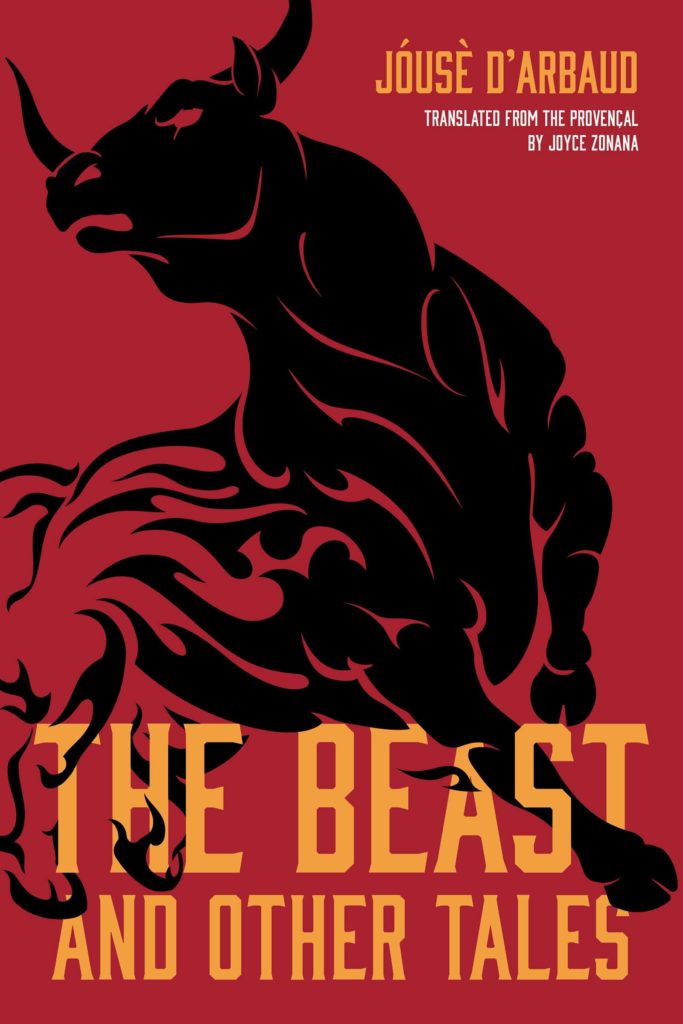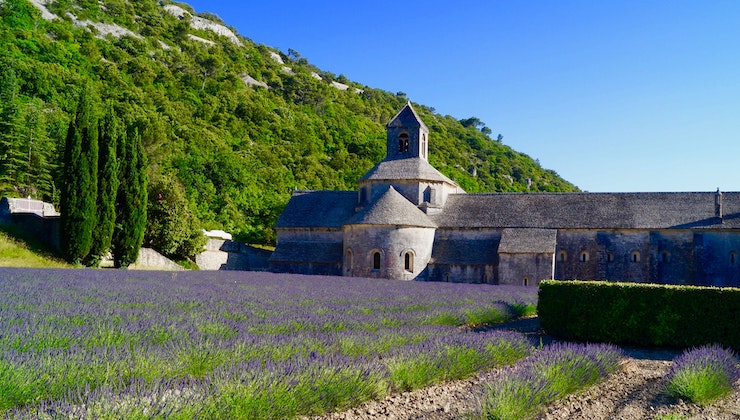Isolated in the wilderness, an experienced outdoorsman comes across a creature unlike any he’s ever seen before – one that speaks like a human but looks like popular images of the Devil. It is horned, hooved, and hairy. It claims to be weak, in danger; it seems to need his help. But our protagonist is torn between his natural sympathy and the teaching of his church, which tell him that such creatures are dangerous deceivers. What can he do to safeguard his own soul?

Apple | Bookshop.org | Amazon | Barnes & Noble | IndieBound
This question lies at the heart of “The Beast of Vaccarès,” a 1926 dark fantasy novella by Jóusè d’Arbaud. In its native Provence it’s considered a classic, part of a literary movement that helped define the region at a time when the dominant French threatened to wipe out Provençal language and culture in favor of central authority. But only now has it been translated into English for the first time, in a collection from Northwestern University Press by Joyce Zonana, with a helpful foreword and glossary for the uninitiated.
In its tone and text-within-a-text structure, as well as in the references to the Greek god Pan and similar nature deities, this story invites comparison to the work of Arthur Machen. It will likely appeal to Machen’s fans, and aficionados of classic, slower-paced horror in general. The underlying attitude, however, is not the one of fear and rejection towards the ‘primitive’ and ‘uncivilized’ which Machen so often evoked. Instead d’Arbaud displays a strikingly more accepting view of the human relationship with the natural world and the supernatural elements it might contain.
D’Arbaud’s main character is a gardien, a uniquely Provençal figure whose job is to tend roaming herds of semi-feral cattle. By necessity this is a person who lives much of his life in the company of animals rather than humans, as well acquainted with the wild marshy landscape as one of Machen’s characters might be with a drawing room and a cup of tea. He fears the Beast, but he fears the Inquisition – which might condemn him as demon-possessed for claiming to have seen such and spoken with such a thing – just as much. Instead of standing boldly on the side of civilization against the return of ancient and animalistic forces, he witnesses those forces in retreat, driven to the margins of the world by an ever-increasing tide of humanity.
The result is a striking portrait of a man, a way of life, and a landscape, as well as a seeming monster. It evokes suspense and melancholy rather than terror and shock. And many modern readers, living in an era when human greed and carelessness threaten even the remotest regions of the earth, may find d’Arbaud’s vision more truthful and moving than that of his contemporaries.



